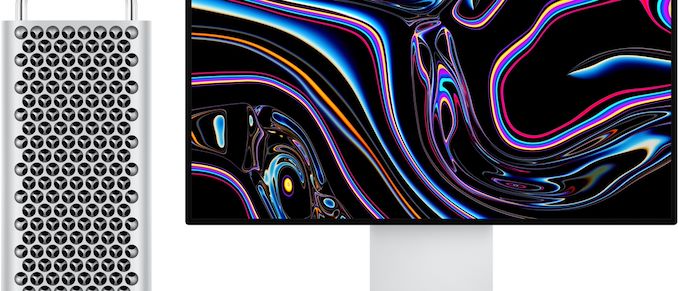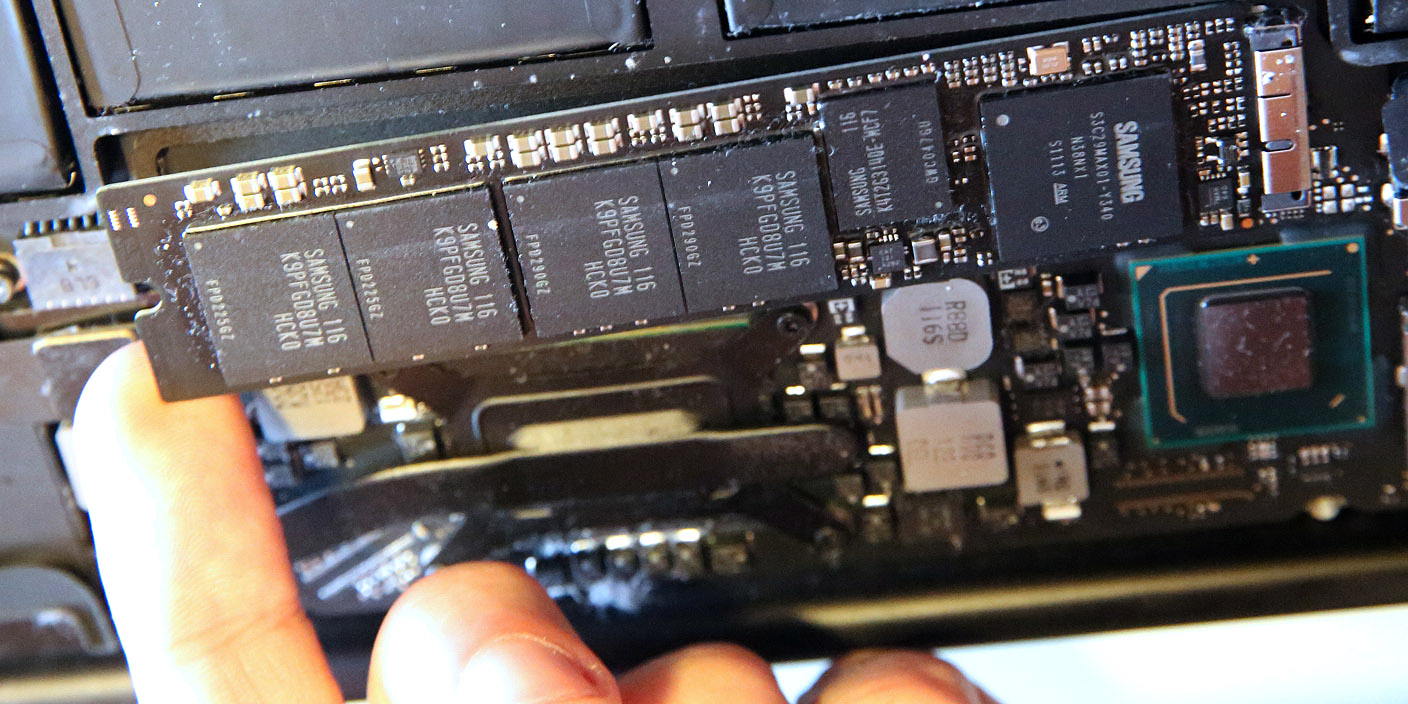- 4k Video Card For Mac Pro 2010 Download
- Video Card For Mac G4
- 4k Video Card For Mac Pro 2010 Crack
- 4k Video Card For Mac Pro 2010 Catalina
I’ve a Mac pro mi-2010 and I want to buy this card “Sapphire Radeon NITRO+ RX 590 8GB GDDR5”. So I need to know if it will works fine, and may not cause problem with the original power supply. I seen that the rx580 works fine with mac pro 2010, and I think that there are no great difference in power comsuption between these two cards. . Please note that the Sapphire Radeon HD 7950 only is compatible with the 'Mid-2010' and 'Mid-2012' Mac Pro models. The other video cards above are compatible with the 'Early 2008' and 'Early 2009' as well as the 'Mid-2010' and 'Mid-2012' Mac Pro models. Notice: This video card will fully support 4K resolutions @ 60Hz via miniDP and 30Hz via HDMI, but I am unable to provide any kind of support for 4k resolution issues. Apple doesn't officially support 4k resolutions in the OSX environment for 2012 and older Mac Pros. Minor workarounds may be needed.
Mac Pro (Mid 2010) A1289 Parts, Mac Pro Server (Mid 2010) A1289 Parts. (Retina 4K 21.5-inch Late 2015). 661-5719 Apple Video Card ATI Radeon HD 5870 1 GB for.
I wanted an inexpensive way for my 2010 Mac Pro with original stock Radeon HD 5770 video cards to drive a 4K TV as a computer monitor. I'd read conflicting reports about whether it would output 3840 x 2160 4K video, or not. For the benefit of anyone else interested in doing it, I'm posting my results here that it does.
I'm not interested in playing video games, just in using a 40' Samsung 4K TV as a monitor for CAD work and viewing some 4K video. The HD 5770 will output 3840 x 2160 at 24, 25, or 30 Hz with excellent results. It will not output 4K at 60 Hz.
All that's required is a $30 (perhaps less) ACTIVE Mini Display Port to HDMI converter, and possibly depending on your monitor or converter, SwitchResX, which can be downloaded for free unless you want to pay for some of its additional features.
You must use an ACTIVE converter. A passive converter will NOT work. It can be tricky distinguishing an ACTIVE converter from a passive converter, because some passive converters say they support 4K (they do, but not from an HD 5770 video card), and some ACTIVE converters are not marketed as ACTIVE. I used a Kanex KIADAPT4KW, http://www.kanex.com/mdphd4k-adapter, which accepts DisplayPort 1.2 and outputs HDMI 1.4b compatible 297 MHz pixel rate signals.
The Samsung monitor I used showed up in the Display Preferences (and About This Mac) as a native 4096 x 2160 monitor, when in fact it is 3840 x 2160 TV/monitor. I suspect that was because of an EDID problem that could have been in the monitor or the converter. In any event, it did not work correctly when selecting the Native setting or 4096 x 2160 in the Display Preferences. But SwitchResX can be used to easily select the correct 3840 x 2160 output at either 24, 25, or 30 Hz (or 1080p when you don't want the 4K output), and it will default to that setting each time the Mac Pro is booted up.
The results were excellent on CAD and 4K video. I hope this is helpful information for someone else. It certainly would have helped me earlier.
You may have seen 4K TVs for sale, or now have a device that records video in 4K (iPhone 6S and 6S Plus) and you’re wanting to know more about it. This guide will help you with what you might want to know about viewing and even editing 4K content on a Mac.
What the heck is 4K anyway?
Like 720p and 1080p, 4K is a resolution in which images and video can be displayed on a TV or monitor. 4K means there are ~4000 pixels per horizontal line. Not all 4K is the same though. TVs and monitors that say they are 4K UHD, or just UHD, have a resolution of 3840×2160. Full 4K is a resolution of 4096×2304. Both have an aspect ratio of 16:9. Another measurement is Hz. Hz is the refresh rate of the display. The higher the number of Hz the smoother video appears on the display.
The human eye can’t tell the difference between 4K UHD and full 4K, but it can when it comes to the refresh rate (Hz). Watching 4K video shot at 60 FPS on a display with 24Hz will appear choppy compared to a display with 60Hz.
Which Macs support 4K?
Apple has two computers with
Other Apple computers support 4K external displays using either the built-in HDMI port and/or using Mini DisplayPort adapters via Thunderbolt. The resolutions and refresh rates are not the same for each machine though. Here’s a breakdown:
Uses built-in HDMI:
- Mac Pro (Late 2013)
- MacBook Pro (Retina, 13in, Late 2013 and later)
- MacBook Pro (Retina, 15in, Late 2013 and later)
- MacBook (Retina,12in)
Resolution options using built-in HDMI are 3840×2160 at 30Hz or 4096×2160 at 24Hz. Mirroring is not supported when using 4096×2160 at 24Hz option. MacBook (Retina, 12in) requires USB-C Digital AV Multiport Adapter.
Uses Mini DisplayPort to DisplayPort cable adapter or Mini DisplayPort cable via Thunderbolt port with
- MacBook Air (Early 2015)
- MacBook Pro (Retina, 13in, Early 2015)
- MacBook Pro (Retina, 15in, Mid 2014 and later)
Uses Mini DisplayPort to DisplayPort cable adapter or Mini DisplayPort cable via Thunderbolt port with
4k Video Card For Mac Pro 2010 Download
- Mac Pro (Late 2013)
- MacBook Pro (Retina, 15in, Mid 2015 w/ AMD Radeon R9 M370X)
- iMac (Retina 4K, 21.5in, Late 2015)
- iMac (Retina 5K, 27in, Late 2014 and later)
All of these Macs also support 3840×2160 at 60Hz using a Mini DisplayPort to HDMI adapter via Thunderbolt Adapter.
Mac OS X Yosemite 10.10.3 or higher is required to support these resolutions. The ability to use Target Display Mode has been removed from the Retina iMacs so they are not able to be used as a 4K/5K display themselves now.
What about older Macs?
The only other Macs that support 4K are the older Mac Pro towers from 2008-2012. They don’t support 4K natively though. The stock graphics cards from Apple, and even the upgraded ones they offered, only support a resolution of 2560×1600. You’ll need an aftermarket graphics card to be able to support 4K. The only ones I’m aware of at the time of this writing are the NVIDIA Quadro K5000 and AMD Radeon HD 7950. The NVIDIA card works in Early 2008 Mac Pros and newer, the AMD card only works in Mid 2010 and Mid 2012. The NVIDIA card is much more expensive but has more GDDR and supports CUDA.
Video Card For Mac G4
Which display to get?
There are a lot of 4K TVs and displays on the market now and the prices have dropped quite a bit over the past year. Look for a TV or display with at least 60Hz refresh rate for better picture quality.
If you’re wanting the ability to daisy chain displays similar to how the Thunderbolt Display works, then look for ones with Multi-Stream Transport (MST).
These computers support 4K 60Hz MST displays:
- MacBook Pro (Retina, 15in, Late 2013 and later)
- MacBook Pro (Retina, 13in, Early 2015)
- Mac Pro (Late 2013)
- iMac (Retina 5K, 27in, Late 2014 and later)
- iMac (Retina 4K, 21.5in, Late 2015)

4k Video Card For Mac Pro 2010 Crack
Only one additional Thunderbolt display is supported when using a 60Hz MST display with the MacBook Pro (Retina, 15in, Late 2013) or iMac (Retina 5K, 27in, Late 2014)

You can find some recommended 4k displays here.

Let’s edit 4K!
Editing 4K requires a lot more power than just displaying it. A machine with Intel Core i7 or Xeon processors, at least 32GB of RAM, and a graphics card with at least 3GB GDDR is recommended for best performance. Machines that qualify are:
- Mac Pro (Late 2013 w/ D500 or D700)
- Mac Pro (Early 2008, Early 2009, Mid 2010, or Mid 2012 w/ NVIDIA Quadro K5000)
- Mac Pro (Mid 2010 or Mid 2012 w/ AMD Radeon HD 7950)
- iMac (Retina 5K, 27in, Late 2014 w/ AMD Radeon R9 M295X)
- iMac (Retina 5K, 27in, Late 2015 w/ AMD Radeon R9 M395X)
4k Video Card For Mac Pro 2010 Catalina

These all have i7 or Xeon processors and graphics cards with 3GB GDDR or more.
Going beyond 4K…
Dell makes a 27in 5K display (UP2715K) that’s compatible with the Mac Pro (Late 2013), iMac (Retina 5K, 27in, Late 2014 and later), and the MacBook Pro (Retina, 15in, Mid 2015 w/ AMD Radeon R9 M370X) at full 5K resolution, 5120×2880. To be able to take advantage of 5K resolution the monitor does

